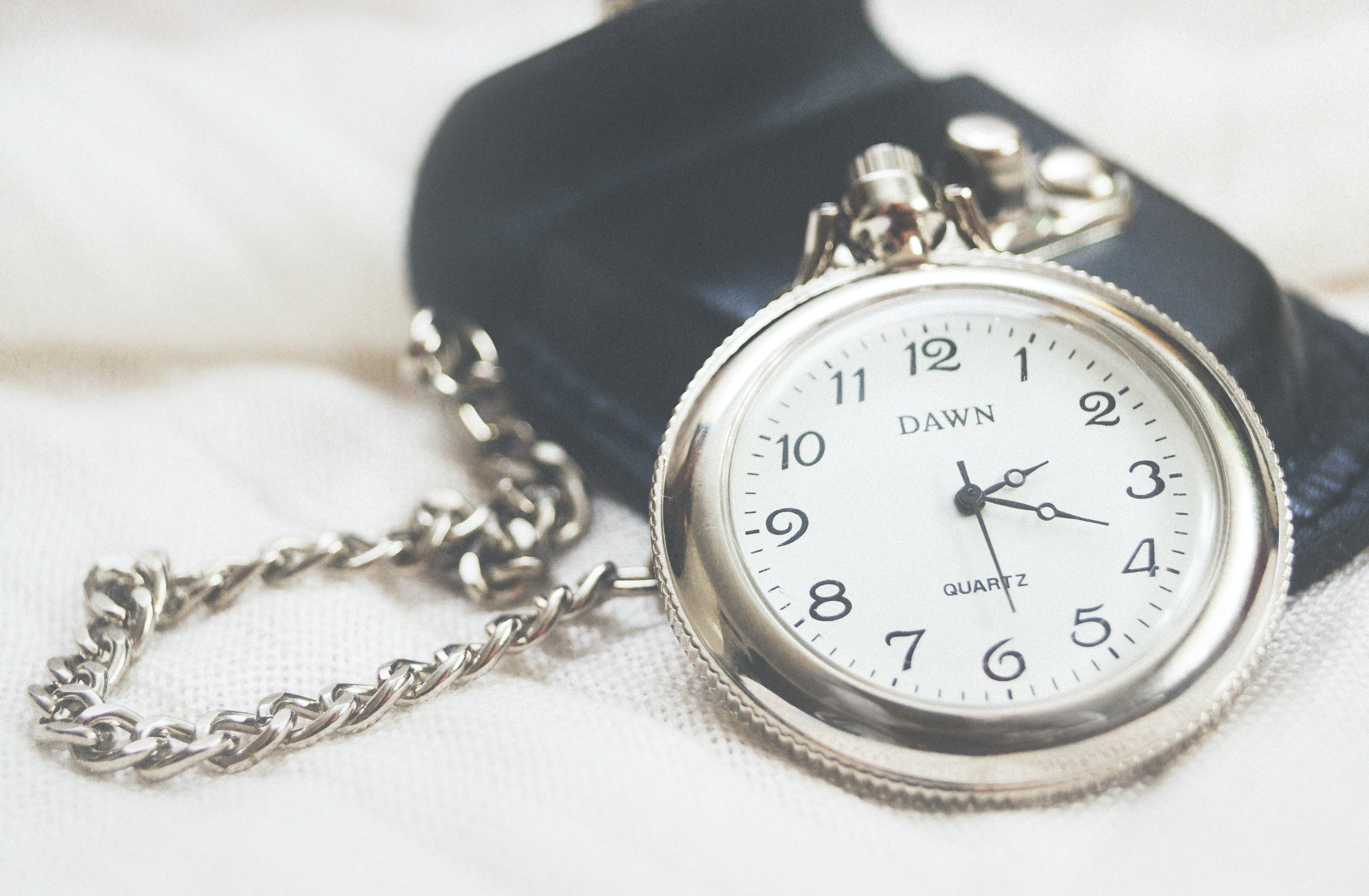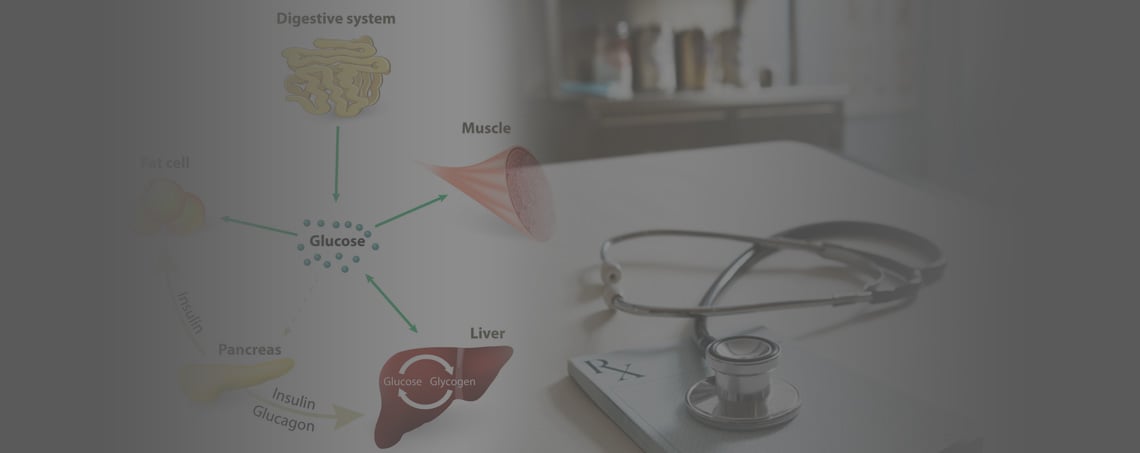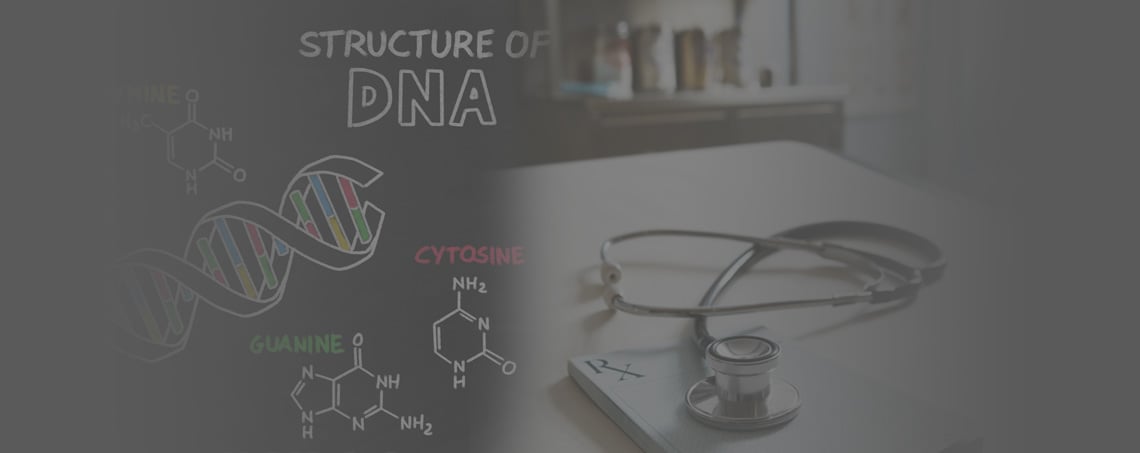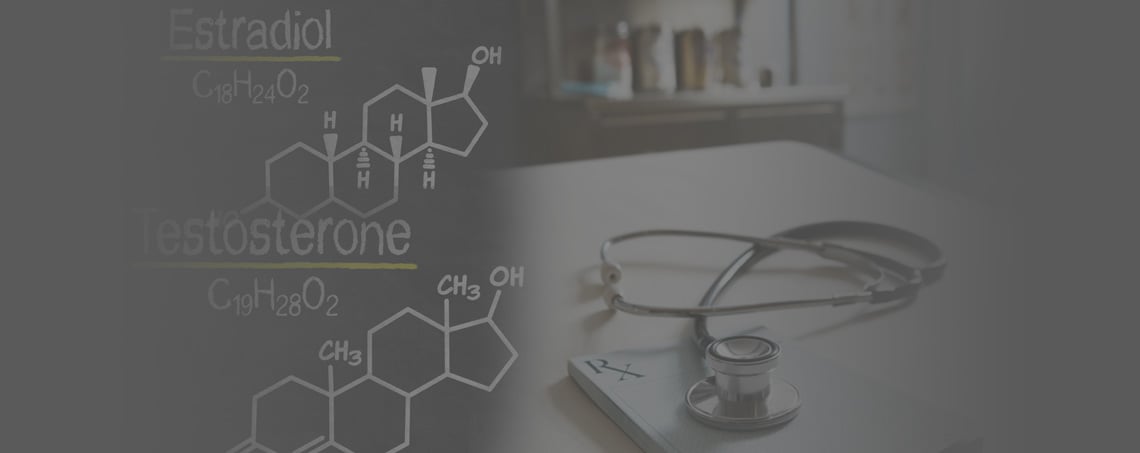Restoring Fertility After Stopping TRT
Have you been on TRT or testosterone replacement therapy and concerned about fertility? Maybe you are wondering what the return of fertility after stopping TRT looks like. In this article, we look at the timeline of the return of your fertility as you are stopping testosterone replacement therapy.
If you want to understand normalizing fertility after stopping TRT, keep reading.
Fertility and Testosterone Replacement Therapy
In this article, we talk about the return of fertility after stopping TRT. I previously made a few articles (and videos) on testosterone and fertility. Here I will give a little bit more detail on this for those interested and struggling to understand what's going on. We will also look at how you can optimize your fertility after stopping testosterone replacement therapy. First, a quick little recap.
Fertility decreases when you are on TRT or testosterone replacement therapy, because the testosterone decreases the amount of LH and FSH that your brain is producing. These are the hormones that stimulate your testes to make testosterone and spermatozoa (aka sperm). With reduced amount of those, you have decreased sperm production. Typically once you remove the testosterone, the FSH and LH will start going back up. In fact, unless there's something interfering with the production of that organically, like a brain lesion or something like that, the FSH will come surging back.
Also we expect the amount of FSH and LH to start to increase around day 10 to 14 after your last testosterone injection (or application). It will probably peak around the third or four week time frame. However, keep in mind, these are just estimations. These estimations are based on what I have seen when people start to feel better and when the testosterone labs numbers actual start to go back up.
The Fertility Return Timeline

So by the time you are about a month off of taking your last testosterone replacement therapy dose, we would expect you to be close to returning to your baseline levels of testosterone. With that, you will be producing around your baseline amount of FSH and LH. As it relates to fertility, the FSH is what we are mostly concerned about. That normal or baseline amount of FSH will exert its effect on your Sertoli cells at this time... the four week time frame. It is even having an effect earlier as it's coming back online. The FSH is slowly building, building, building, and having more and more effect on those Sertoli cells. This is where the spermatogenesis process takes place.
Now, let's say you're making 50% of the amount of FSH compared to baseline while you're on your testosterone replacement therapy. Sometimes, of course it could be less than that. Still let's say you are only making 50% of the FSH while you're on testosterone replacement therapy. That means you will have that much less of the spermatogenesis process happening. Now, once you stop it, that FSH is coming back online slowly, slowly, and it's building its effect on those Sertoli cells. At the one month, mark, you are not out of the wood yet. That full FSH activity needs to be in place for two months. This is because those spermatozoa take a full two months to be produced. So that, if the end goal is back to a hundred percent of your baseline or back to what your baseline was, that's probably about three months.
You need the first month for normal FSH to return, and you can give or take one or two weeks off of that. Then you need 60 days for those spermatozoa to fully mature. So by the end of three months, you should be back to full production of whatever your baseline levels were prior to being on TRT. As I said, this is a general rule of thumb and estimation. Now, of course you will have some increased fertility the further you get away from your last testosterone dose.
Some people still have plenty of fertility even when they are on testosterone. There is a lot of variability from person to person with this. It depends on your testosterone dose, how often you are taking it, what type of testosterone you're taking and things like this. You may be able to speed up or shorten that timeline to restore your full production by taking things like HCG and Clomid. Just remember that this is a fairly delicate process. Even though we know a lot about the fertility process, we will never have the ability to mimic that natural FSH effect on the testes .
That should give you a better understanding of how to restore fertility after stopping TRT. If you have questions about the content in this article, please ask it in the comment section below.
If you want a customized plan on how to restore or optimize your fertility, click in the link below to get started.

















